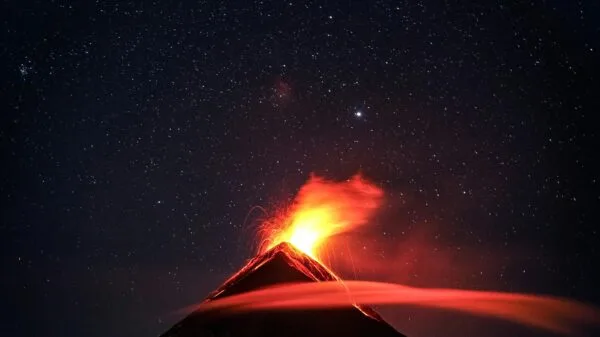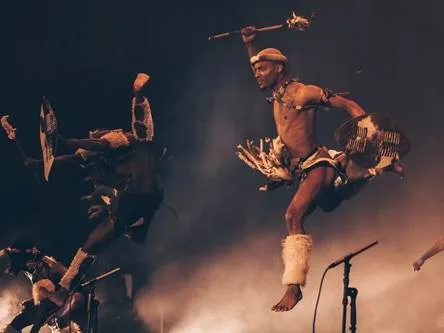Drones for Crop Monitoring and Spraying: Precision in the Sky
Introduction to Agricultural Drones
Agricultural drones are revolutionizing modern farming by providing high-resolution data and precision spraying capabilities. These advanced tools offer a smarter, faster, and more eco-friendly approach to managing crops and resources.
How Drones are Used in Crop Monitoring
Equipped with multispectral and thermal cameras, drones fly over fields to capture real-time data on crop health, soil conditions, and growth stages. This allows farmers to identify stressed areas, nutrient deficiencies, or irrigation issues early.
AI Integration for Smart Farming
Modern drones use artificial intelligence (AI) to analyze images and detect anomalies like pest infestations, disease outbreaks, and weed growth. AI helps prioritize action areas and supports data-driven decision-making for farmers.
Precision Spraying for Efficiency
Instead of blanket pesticide application, drones allow for targeted, precision spraying. This technology reduces chemical usage, lowers costs, and minimizes the environmental impact of pesticide runoff.
Thermal Imaging for Early Detection
Thermal sensors on drones detect temperature differences in plant canopies, revealing early signs of stress, disease, or water deficiency. These insights help farmers take corrective actions before damage spreads.
Monitoring Crop Growth and Development
By flying over crops at regular intervals, drones create a time-lapse view of plant development. This visual tracking allows farmers to adjust schedules for fertilization, irrigation, and harvesting for maximum yield.
Improving Irrigation Management
Drones assist in evaluating irrigation efficiency by spotting overwatered or dry patches. This information ensures water is applied where it’s needed most, contributing to sustainable water use.
Mapping and Field Analysis
Drones generate accurate, GPS-tagged field maps, helping farmers understand field variability. These maps support tasks like planting strategy, crop rotation planning, and drainage design.
Reducing Labor and Operational Costs
Automated drone flights require fewer personnel and less time than manual crop inspection and spraying. This reduces labor costs and enhances efficiency, especially on large or difficult-to-reach farms.
Safer Spraying for Farmers
Drones allow pesticide application from a distance, protecting farmers from direct exposure to chemicals. This improves health and safety while maintaining spraying effectiveness.
Data Integration with Farm Management Systems
Drone data integrates with digital farm management platforms, allowing seamless syncing of information on crop conditions, yield forecasts, and treatment histories for better record-keeping and planning.
Environmental Benefits of Drone Spraying
With precision application, drones limit overuse of fertilizers and pesticides, reducing runoff into nearby water sources. This contributes to biodiversity conservation and cleaner ecosystems.
Real-Time Alerts and Reporting
Some drones provide immediate alerts and detailed reports after each flight, enabling quick decisions. This real-time feedback loop boosts farm responsiveness and productivity.
Training and Accessibility Growing
As drone costs decrease and training becomes widely available, more farmers are adopting this tech. Governments and agricultural agencies are also supporting drone adoption in rural communities.
Conclusion: Flying into the Future of Farming
Drones are redefining crop monitoring and spraying with their precision, speed, and data capabilities. As AI and sensor technology evolve, drones will become essential tools in sustainable and efficient agriculture.

































